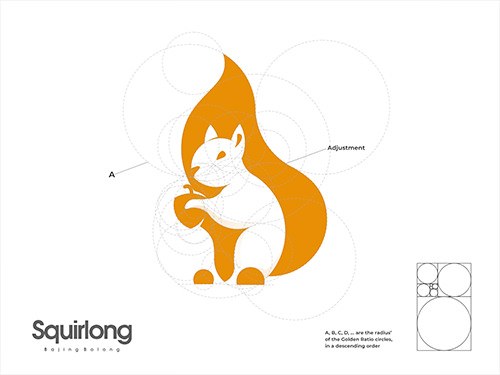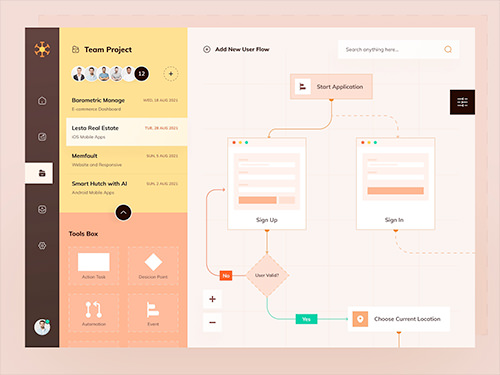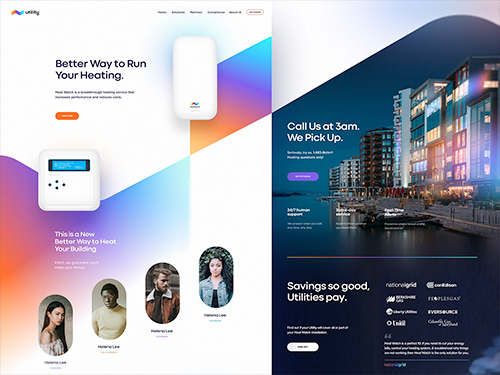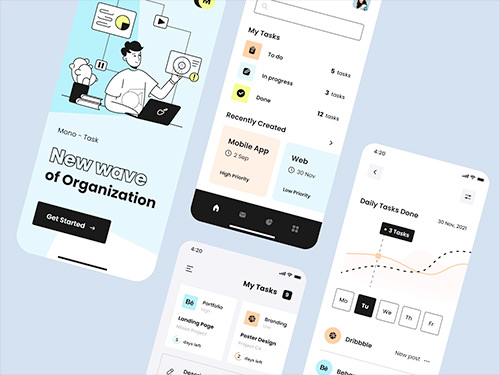- About
Get in touch with Webstring
- Services
- Technology
- Our Work
- Methodology
Responsive WEb
Custom Web
The software or website development life cycle is the methodology or a standard that guides you in the right direction to build a high-quality solution. It can be referred to as an outline of what should be done to complete the project.
We know that there are varieties of what a standard website development process should be. However, there is a general expectation of guidelines to be adopted for success in the development life cycle of any given website.

E-Commerce
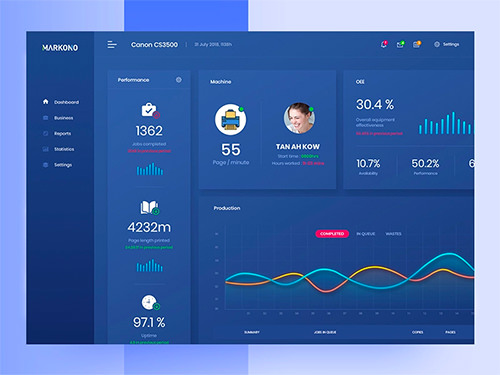
Dynamic

Online Presence
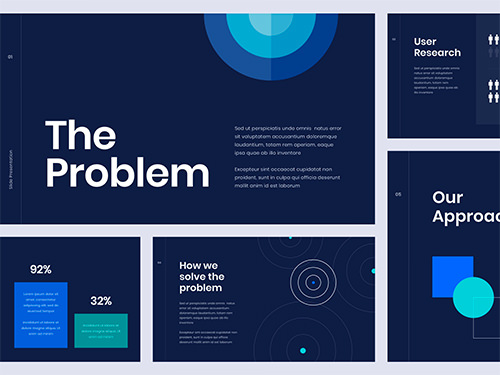
Informative
Custom Web Process
Phase 1
Planning
You should consider that deciding on a sitemap during the planning stage is fundamental for the whole project. It involves organizing the structure of the website, how many pages and functions will be connected based on their importance, and what content and functionality must be rolled out with the first release.
Phase 1
Phase 2
Design
After the creation of a sitemap, developing wireframes, and planning a roadmap, it’s time to lay hands on the website design. This is where the creative UI designers come in, working by the approval of the client and the needs of the project. The wireframes are transformed into typography, color graphics, animations, buttons, menus, and much more.
Phase 2
Phase 3
Implementation
This is the development of the client-side part of the website to interact with the users. The designs initially made in the early stages are transformed into special animations and effects. Functions are subsequently integrated based on the choice of technologies and tools. The developers ensure responsive and friendly use of the site irrespective of the device.
Phase 3
Phase 4
Testing & Deployment
Everything must run smoothly without a glitch. The development team must test all the scripts, ensuring that the site loads and displays perfectly on all devices and platforms. The importance here is to prove that the website is market-ready and can be released. Comprehensive testing reveals future improvements that can be made to upgrade the website.
Phase 4
Phase 5
Post-Deployment and Maintenance
There is still more to be done after deploying a website. Website maintenance, general updates, or even adding new features are unavoidable and might be called for. This can be facilitated by collecting feedback from the end-users of the website.
Phase 5
Webster can help
At Webster, we consider every website development step as significant, no matter how small or big the project is. Knowing these steps helps you stay aware of the entire process, understand why and how things get done and give you control over the project. Let us help you build your custom website.






